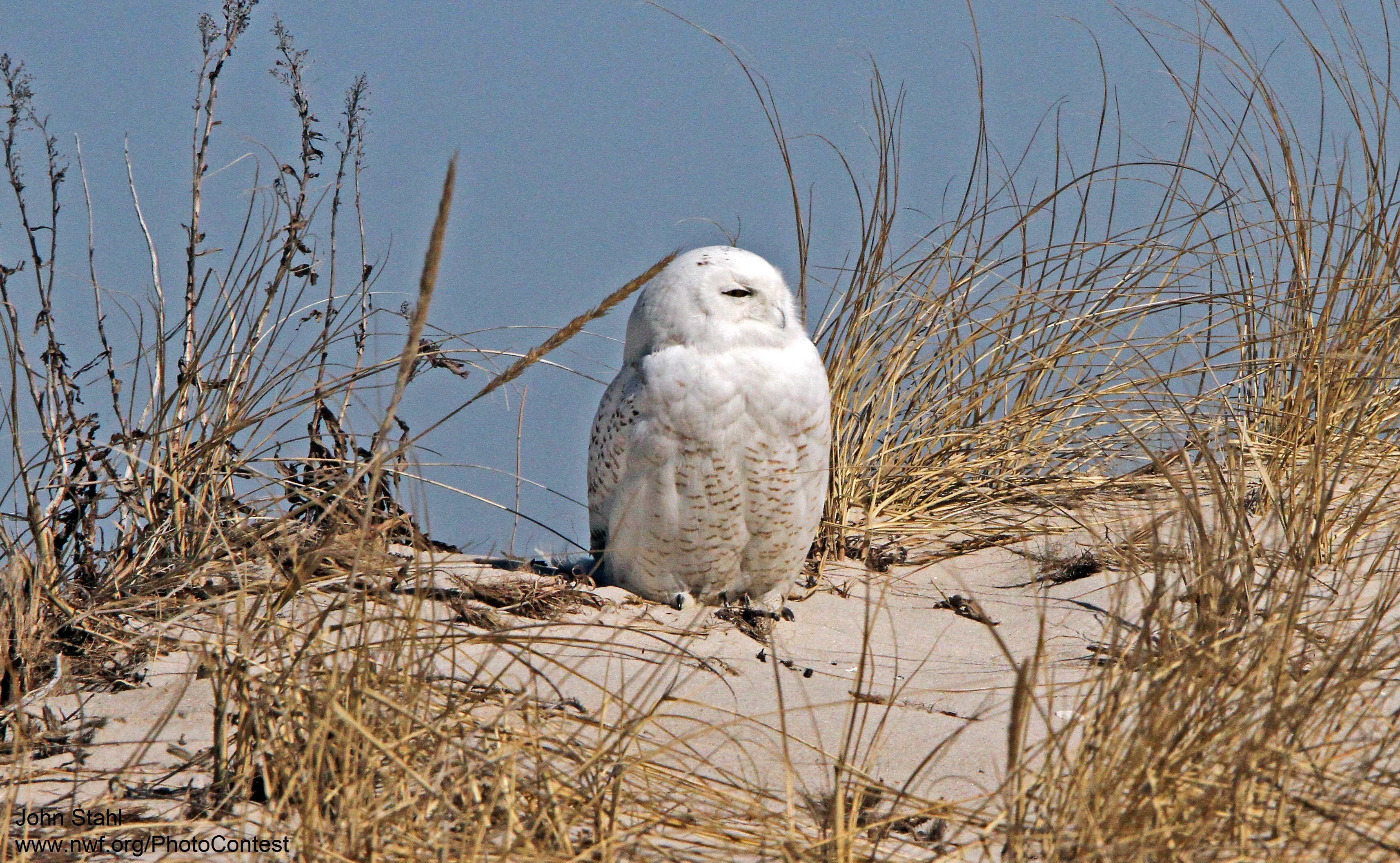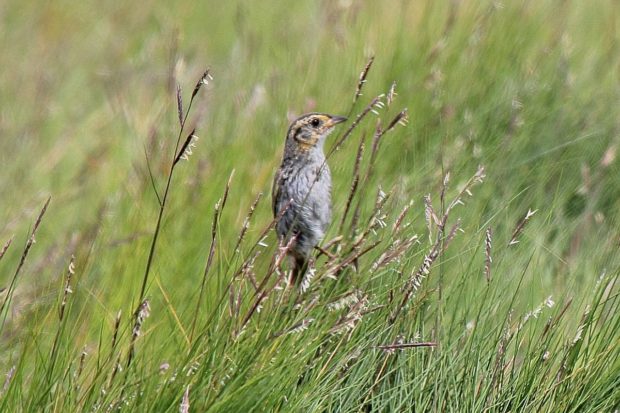We have much more to do and your continued support is needed now more than ever.
“Bomb Cyclone”: Why We Need Natural Storm Defenses

What do beachfront homes and businesses, sand dunes, and snowy owls have in common? They’re all at risk from increasingly intense winter storms.
Early January’s bomb cyclone wreaked havoc all along the East Coast with freezing temperatures, snow, rain and pounding winds threatening coastal communities from north Florida to Maine. Among the hardest hit areas was Boston, Massachusetts and its surrounding towns. Storm surge and seasonally high tides combined to tie or possibly break historic records for coastal flooding. Unfortunately, these record breaking storms are not going away anytime soon as our climate warms. And in order for communities to thrive in the face of more intense storms, we must invest heavily in natural storm defenses, like marshes and sand dunes, that benefit wildlife while also creating the right incentives for the responsible development of our coastlines.
In fact, the National Wildlife Federation has been working in the Great Marsh, the largest intact salt marsh in New England, since Hurricane Sandy in 2012. Sandy highlighted the vulnerability of northeastern communities to powerful storms. This work culminated in the release of the Great Marsh Coastal Adaptation Plan that highlighted the vulnerability of towns like Newbury, Newburyport and Ipswich to storms and sea-level rise just days before the bomb cyclone hit.
Preparing For the Next Storm
Fortunately, there are common sense approaches we can take to protect our communities while also protecting or enhancing wildlife habitats. For instance, salt marshes have an incredible ability to absorb wave energy and store floodwaters. They are also vital habitat for shorebirds and other species. By changing local zoning rules, we can limit the impact that development has on salt marshes. And, with a concerted effort from federal, state and local governments and conservation organizations, we can work to rebuild these marshes to benefit both humans and wildlife.
Massachusetts’ beaches are also at risk due to increased erosion. Sand dunes that buffer waves and storm surges are being threatened by development in addition to being tread upon by daily foot traffic. Enforcing existing regulations to keep people off of dunes and limiting how close to beaches development can occur will protect these natural features.
Importantly, features like sand dunes and salt marshes are often less expensive and fail less frequently than concrete structures like jetties and seawalls. Changing development incentives, investing in restoration and other steps won’t prevent the next big storm, but they’ll ensure we are as prepared as we can be when they hit.

Wildlife, too, benefit from these investments. Salt marshes and sand dunes benefit well known and often threatened species such as snowy owls, saltmarsh sparrows, and piping plovers. But protected wetlands are also important for species we don’t often see like flounder, striped bass, bluefish and herring, which are an important part of the food chain in coastal ecosystems.
Not Just Small Towns

We appear to be near the record high water level in #Boston. However, it is within a few tenths of an inch and this will need to be confirmed with the NOAA’s National Ocean Service (NOS) @noaaocean before we can confirm or deny whether the record was tied or broken pic.twitter.com/CHiTM6kJ9Z
— NWS Boston (@NWSBoston) January 4, 2018
Even large, heavily developed cities like Boston could benefit from the use of natural infrastructure to absorb the impacts of storms. NWF’s state affiliate, the Environmental League of Massachusetts, recently joined with the Charles River Watershed Association to advocate that a proposed redevelopment of Widett Circle just south of downtown should not be developed at all. The best solution, they argue, would be to create a large wetland that would provide much needed greenspace for the city, increase property value, protect the area from flooding, benefit wildlife and improve water quality.
It is certainly an ambitious proposal, but with all of the challenges facing our communities as climate change continues to intensify, ambition is exactly what we need. From small towns to big cities, the solutions to storms and coastal flooding are right in front of us – they are the natural ecosystems that have provided this protection for eons. It’s time we embrace the green, wildlife and people friendly opportunities right in front of us.





















